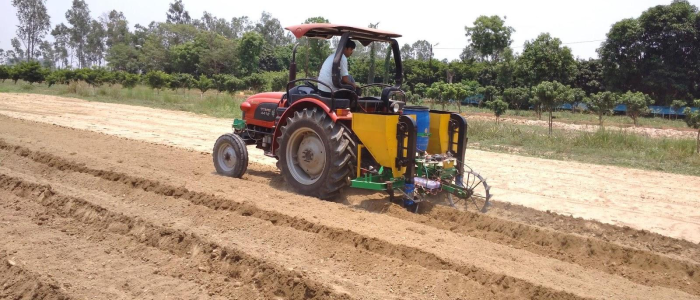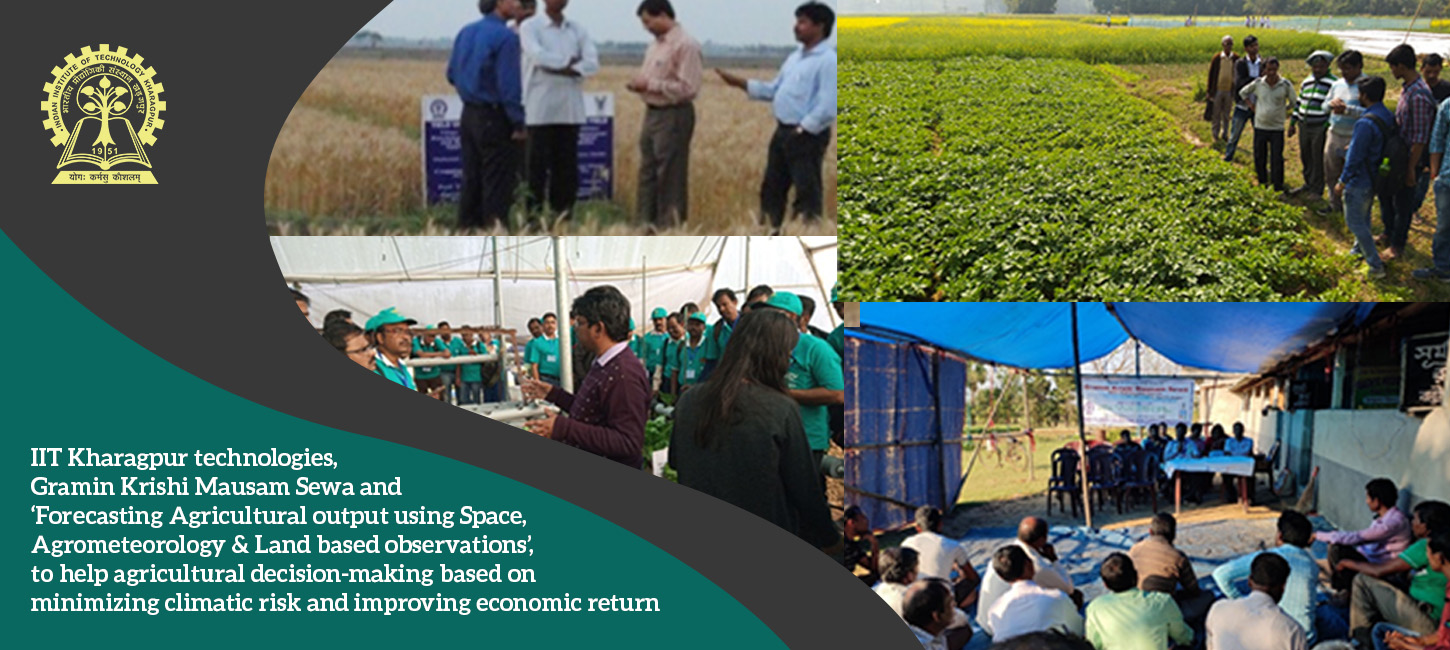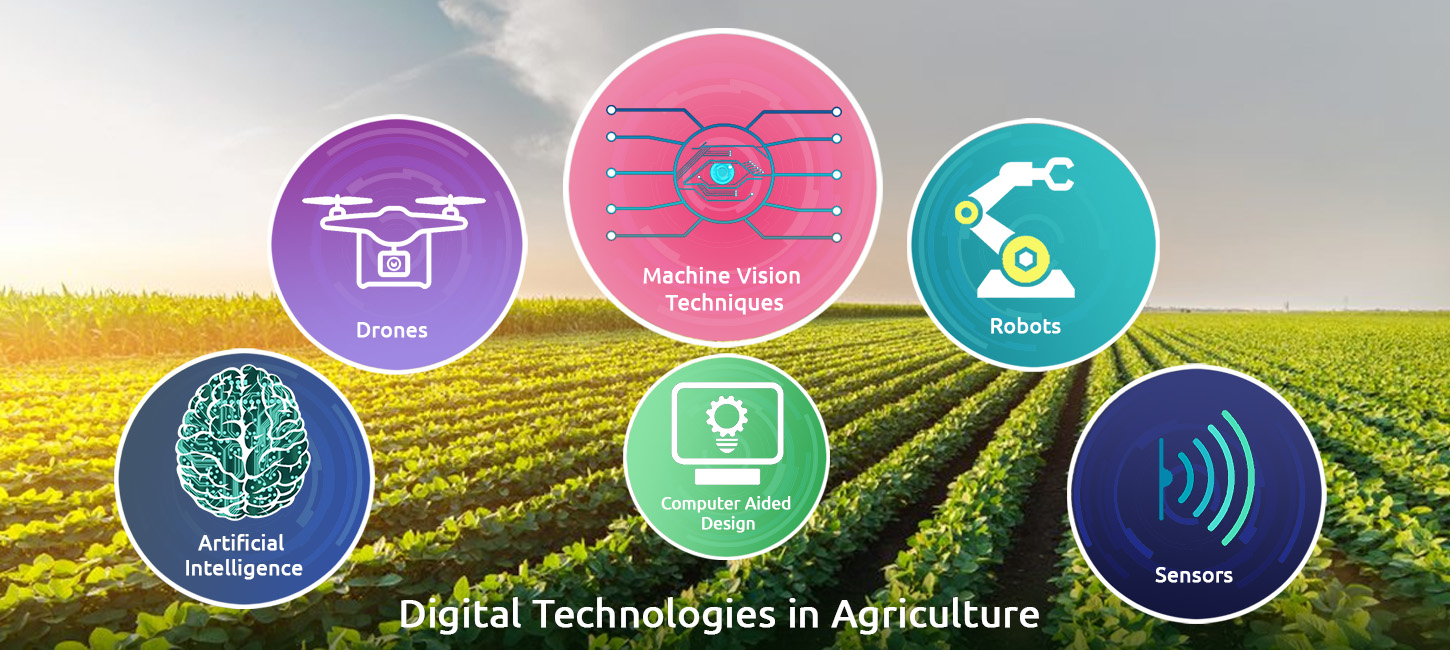
IIT Kharagpur’s Essential Oil Extractor to Economize Betel Leaf Oil Production in India
Antimicrobial and antioxidant rich betel leaf essential oil finds wide use in industrial applications including medicines, cosmetics and chewable mouth fresher The essential oil extractor reduces betel leaf wastage making essential oil production economically viable The process increases yield by 16%, reduces process time by 44% and energy input by 30% There have been many tales of Paan - in songs, history and literature, religion and culture for many millennia, across hierarchies of society, in South and South-East Asia. While the use of Paan as a mouth freshener is under the radar of health agencies for carcinogenic effects, however,…



